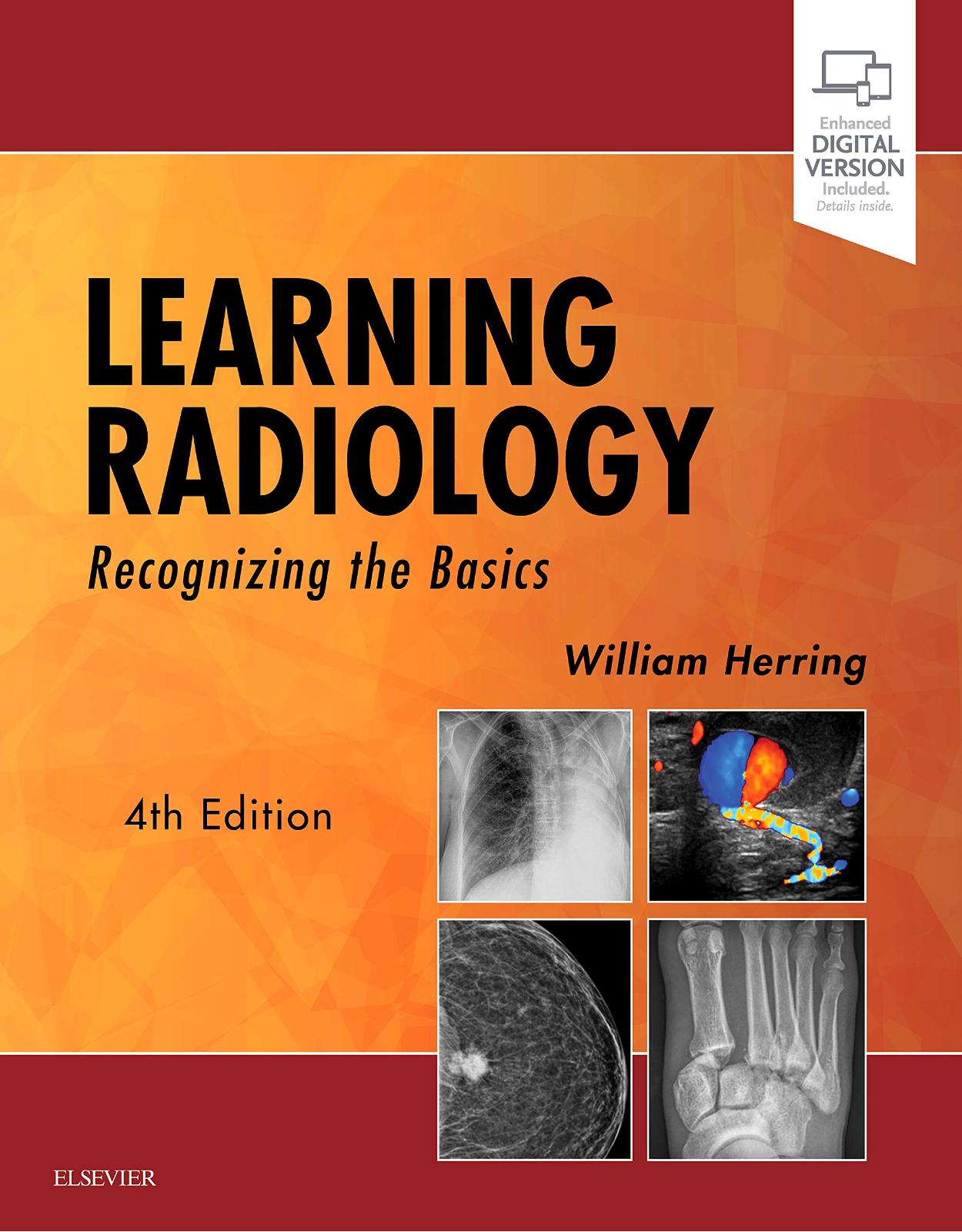
Learning Radiology: Recognizing the Basics
Produs indisponibil momentan. Pentru comenzi va rugam trimiteti mail la adresa depozit2@prior.ro sau contactati-ne la numarul de telefon 021 210 89 28 Vedeti mai jos alte produse similare disponibile.
Disponibilitate: Acest produs nu este momentan in stoc
Autor: William Herring MD FACR
Editura: Elsevier
Limba: Engleza
Nr. pagini: 400
Coperta: Paperback
Dimensiuni: 21.59 x 1.52 x 27.43 cm
An aparitie: 17 May 2019
|
Description:
The leading introductory radiology text for medical students and others who are required to read and interpret common radiologic images, Learning Radiology, 4th Edition, stresses an easy-to-follow pattern recognition approach that teaches how to differentiate normal and abnormal images. Dr. William Herring’s clear, conversational writing style employs a touch of humor to explain what you need to know to effectively interpret medical images of all modalities. From the basics of patient safety, dose reduction, and radiation protection to the latest information on ultrasound, MRI, and CT, this concise, user-friendly text provides a complete, up-to-date introduction to radiology needed by today’s students. |
||
|
Related Ancillary Titles: |
||
|
Table Of Contents: |
||
|
|
||
|
1 Recognizing Anything: An Introduction to Imaging Modalities |
||
|
Many Shades of Gray 2 Recognizing a Technically Adequate Chest Radiograph Evaluating the Chest Radiograph for Technical Adequacy 3 Recognizing Normal Pulmonary Anatomy The Normal Frontal Chest Radiograph 4 Recognizing Normal Cardiac Anatomy Evaluating the Heart on Chest Radiographs 5 Recognizing Airspace Versus Interstitial Lung Disease Classifying Parenchymal Lung Disease 6 Recognizing the Causes of an Opacified Hemithorax Atelectasis of the Entire Lung 7 Recognizing Atelectasis What Is Atelectasis? 8 Recognizing a Pleural Effusion Normal Anatomy and Physiology of the Pleural Space 9 Recognizing Pneumonia General Considerations 10 Recognizing the Correct Placement of Lines and Tubes and Their Potential Complications: Critical Care Radiology Endotracheal and Tracheostomy Tubes 11 Recognizing Other Diseases of the Chest Mediastinal Masses 12 Recognizing Adult Heart Disease Recognizing an Enlarged Cardiac Silhouette 13 Recognizing the Normal Abdomen and Pelvis: Conventional Radiographs Recognizing the Normal Abdomen: What to Look For 14 Recognizing the Normal Abdomen and Pelvis on Computed Tomography Introduction to Abdominal and Pelvic CT 15 Recognizing Bowel Obstruction and Ileus Abnormal Gas Patterns 16 Recognizing Extraluminal Gas in the Abdomen Signs of Free Intraperitoneal Air 17 Recognizing Abnormal Calcifications and Their Causes Patterns of Calcification 18 Recognizing Gastrointestinal, Hepatobiliary, and Urinary Tract Abnormalities Barium Studies of the Gastrointestinal Tract 19 Ultrasonography: Understanding the Principles and Its Uses in Abdominal and Pelvic Imaging How it Works 20 Vascular, Pediatric, and Point-of-Care Ultrasound Vascular Ultrasound 21 Magnetic Resonance Imaging: Understanding the Principles and Recognizing the Basics How MRI Works 22 Recognizing Nontraumatic Abnormalities of the Appendicular Skeleton Including Arthritis Conventional Radiography, CT, and MRI in Bone Imaging 23 Recognizing Nontraumatic Abnormalities of the Spine The Normal Spine 24 Recognizing Trauma to the Bony Skeleton Recognizing an Acute Fracture 25 Recognizing the Imaging Findings of Trauma to the Chest Chest Trauma 26 Recognizing the Imaging Findings of Trauma to the Abdomen and Pelvis Abdominal Trauma 27 Recognizing Some Common Causes of Intracranial Pathology Normal Anatomy 28 Recognizing Pediatric Diseases Diseases Discussed in This Chapter 29 Using Image-Guided Interventions in Diagnosis and Treatment: Interventional Radiology Arterial Access and Arteriography 30 Recognizing the Findings in Breast Imaging Breast Imaging Modalities: Overview Bibliography Chapter 1 Quiz Answers Online-Only Appendixes A. Self-Assessment Quizzes |
||
| An aparitie | 17 May 2019 |
| Autor | William Herring MD FACR |
| Dimensiuni | 21.59 x 1.52 x 27.43 cm |
| Editura | Elsevier |
| Format | Paperback |
| ISBN | 9780323567299 |
| Limba | Engleza |
| Nr pag | 400 |

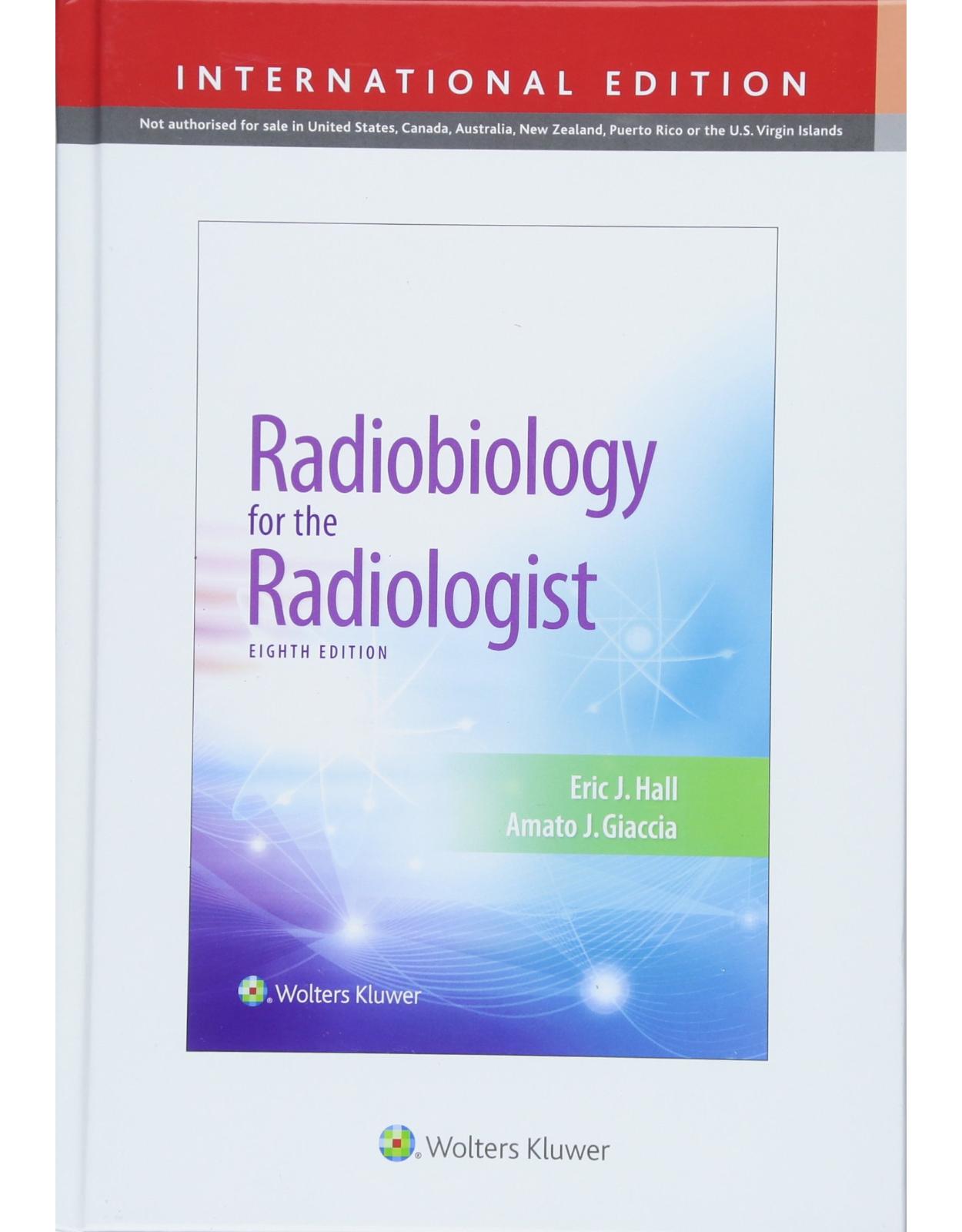
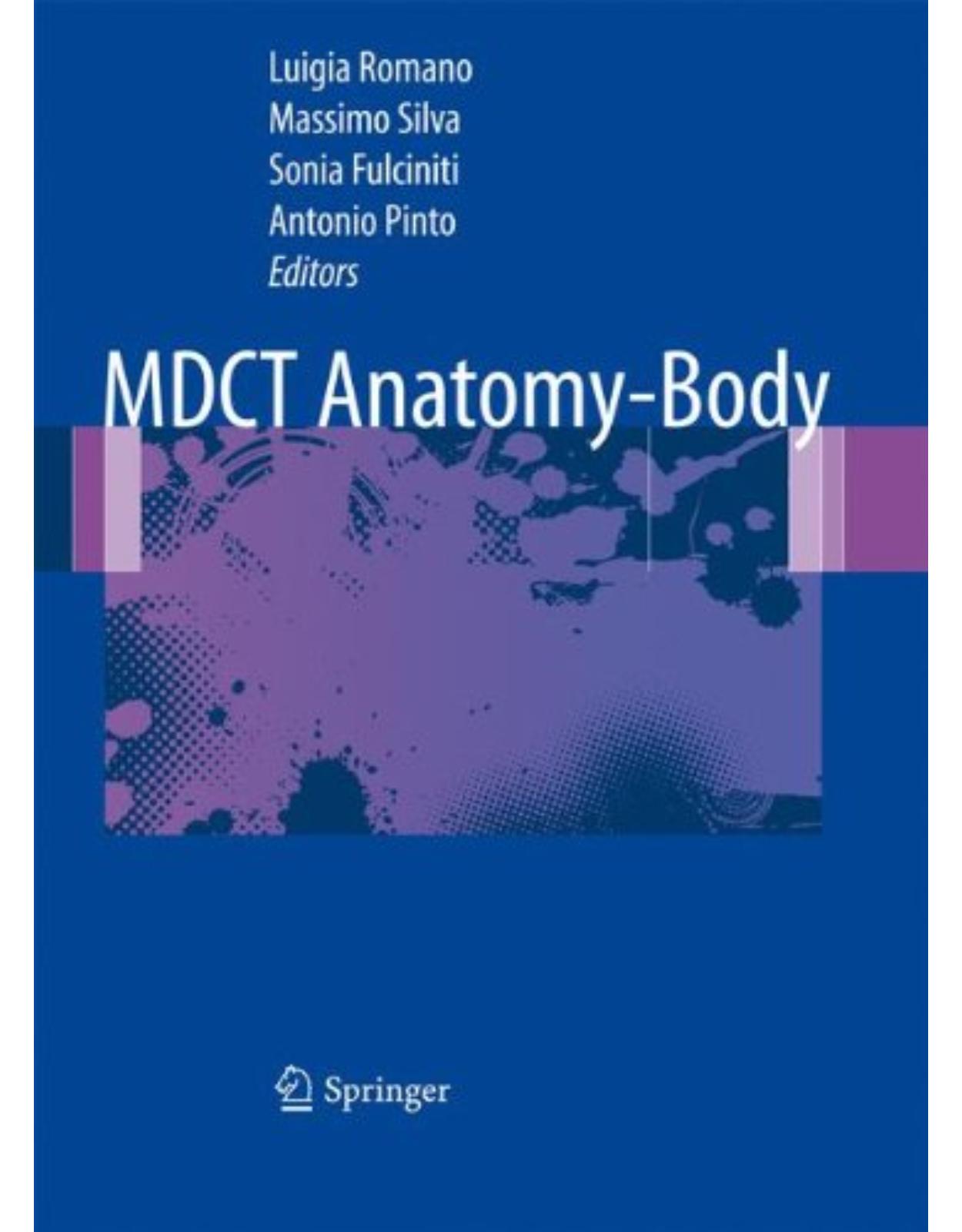

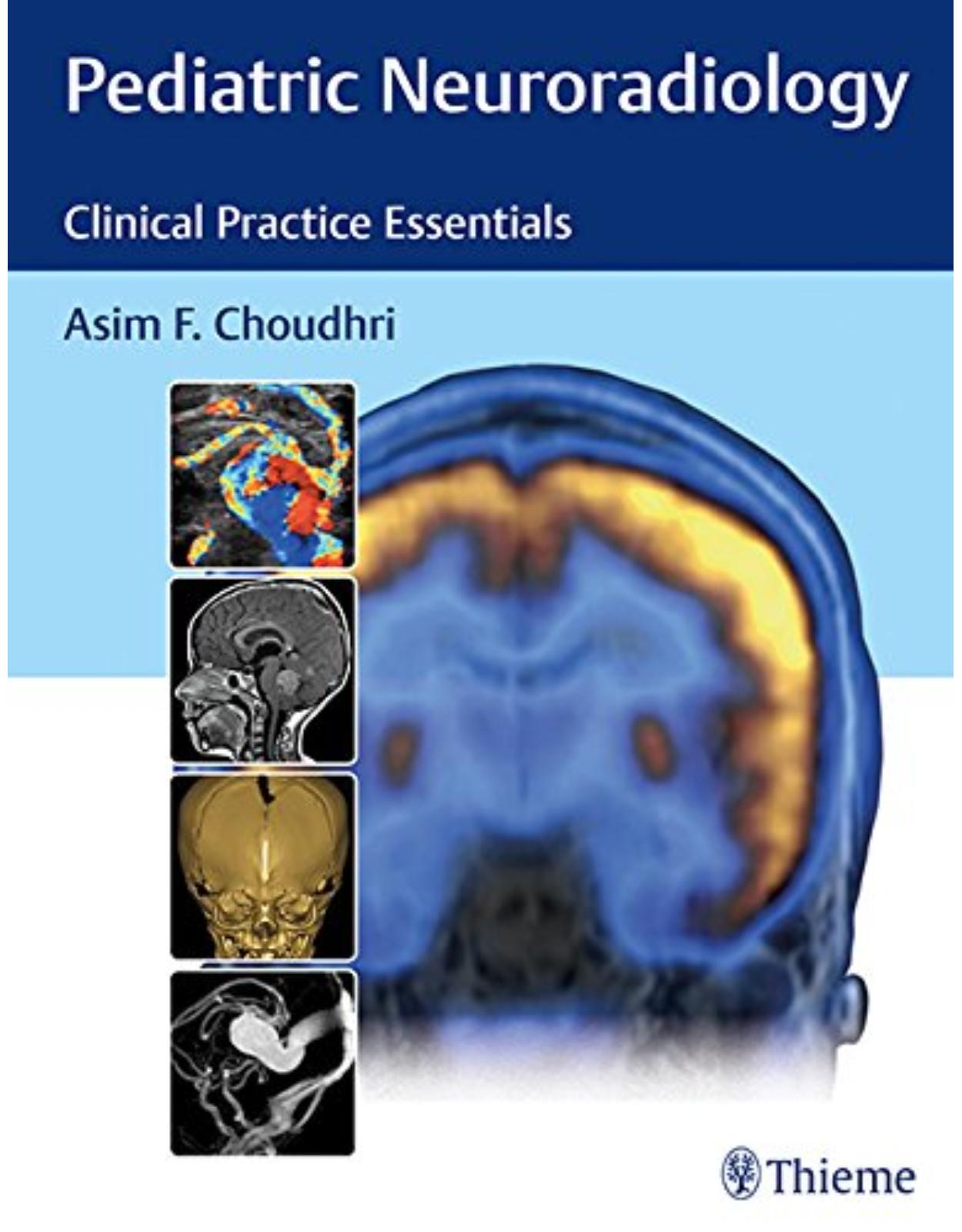
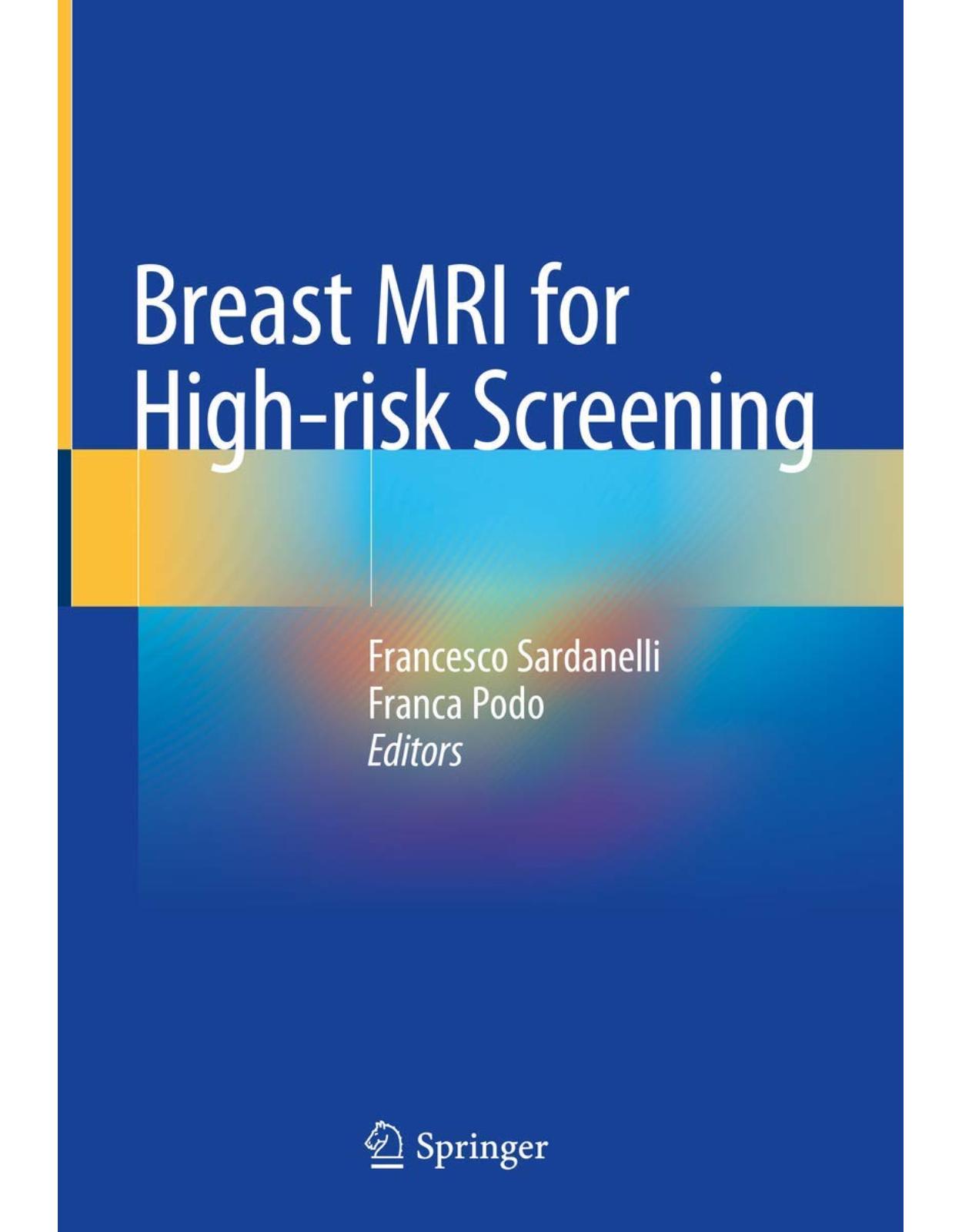

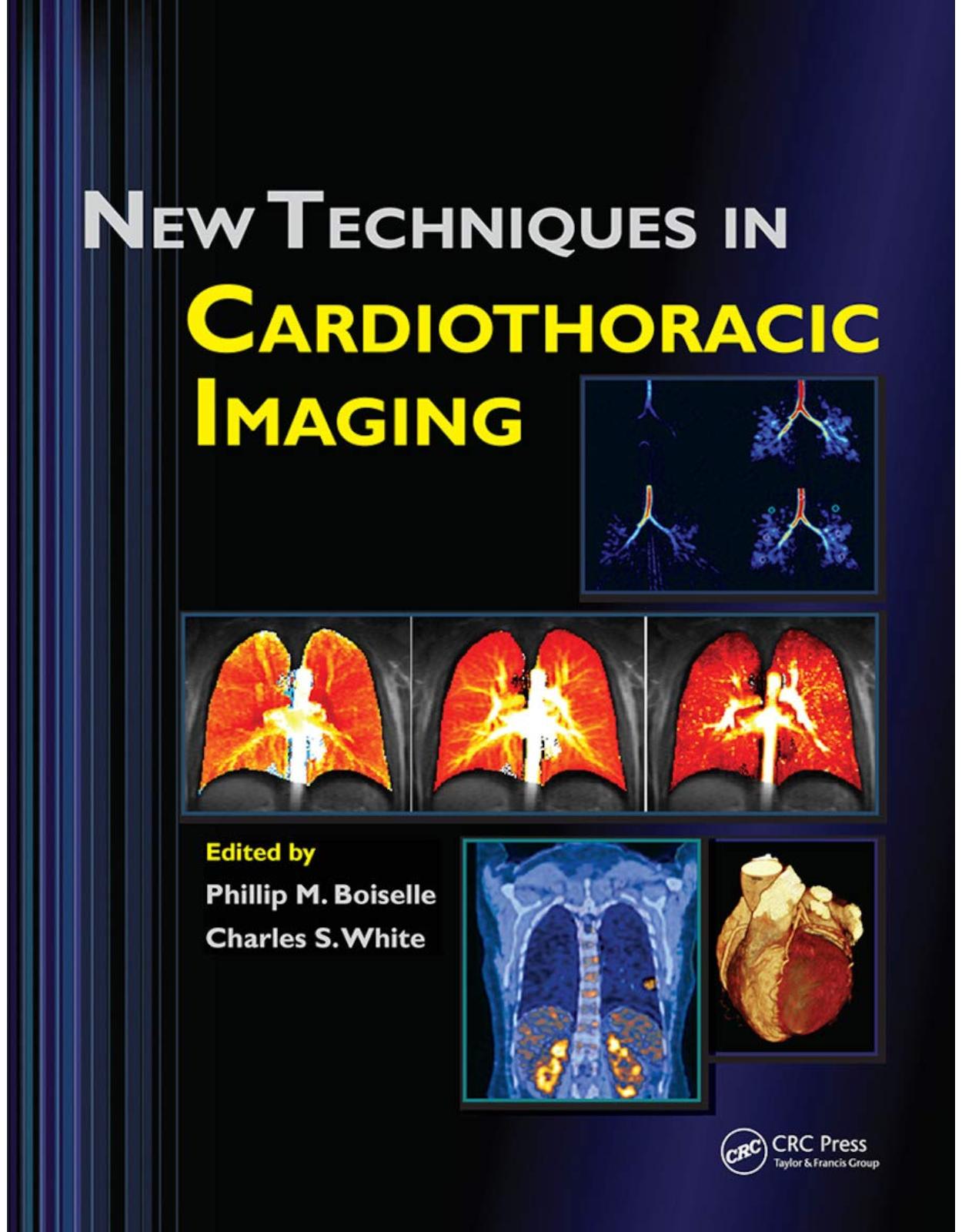
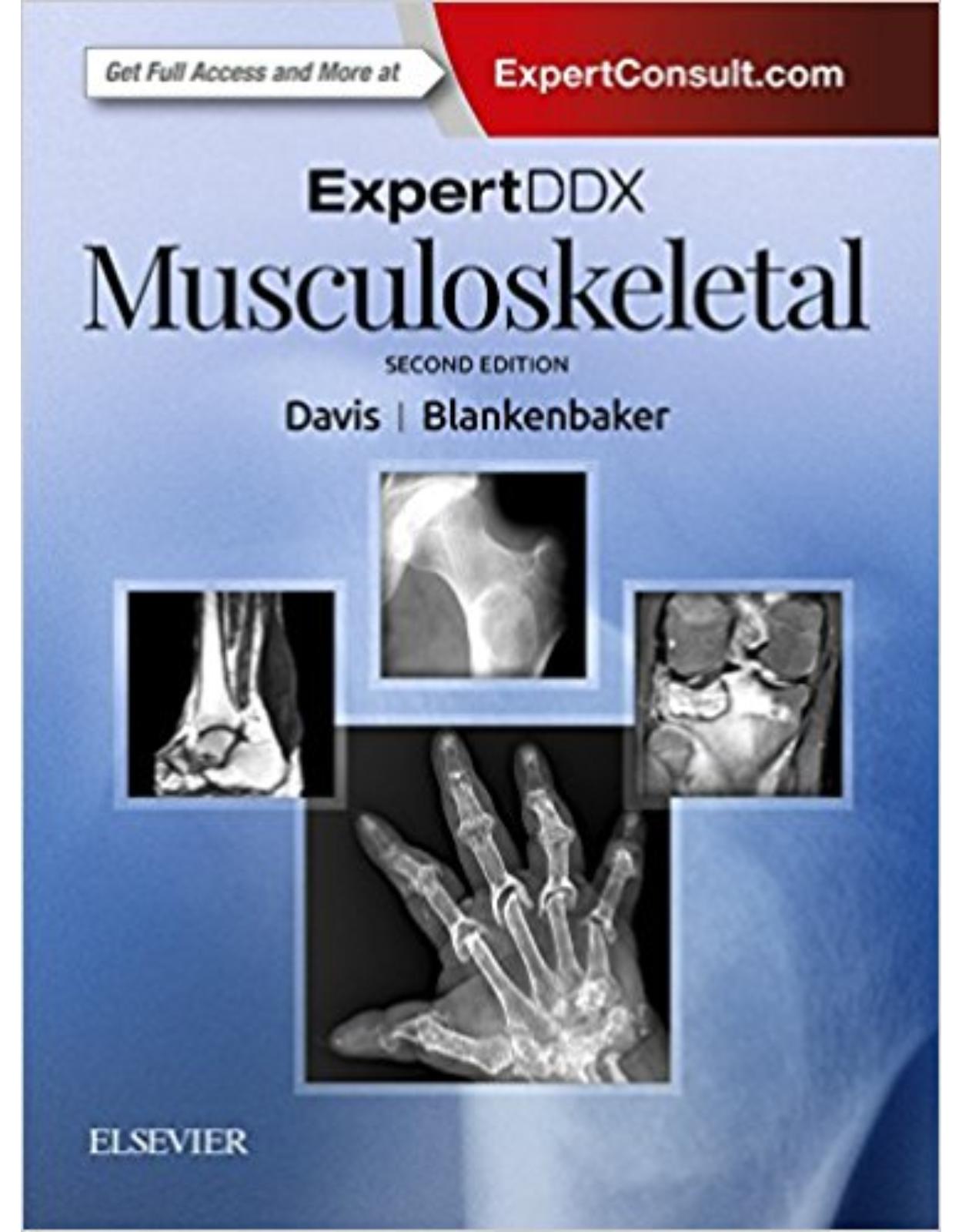
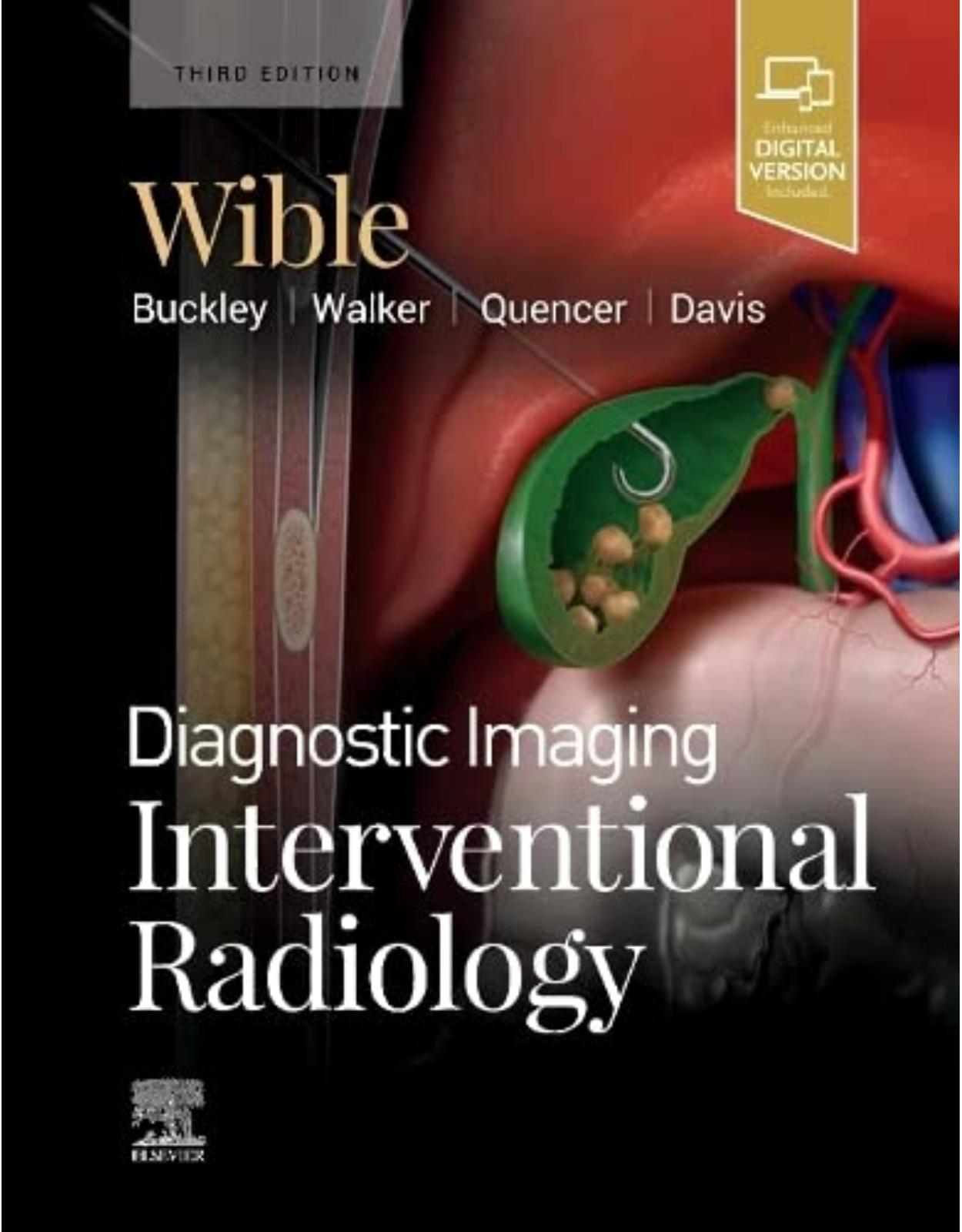
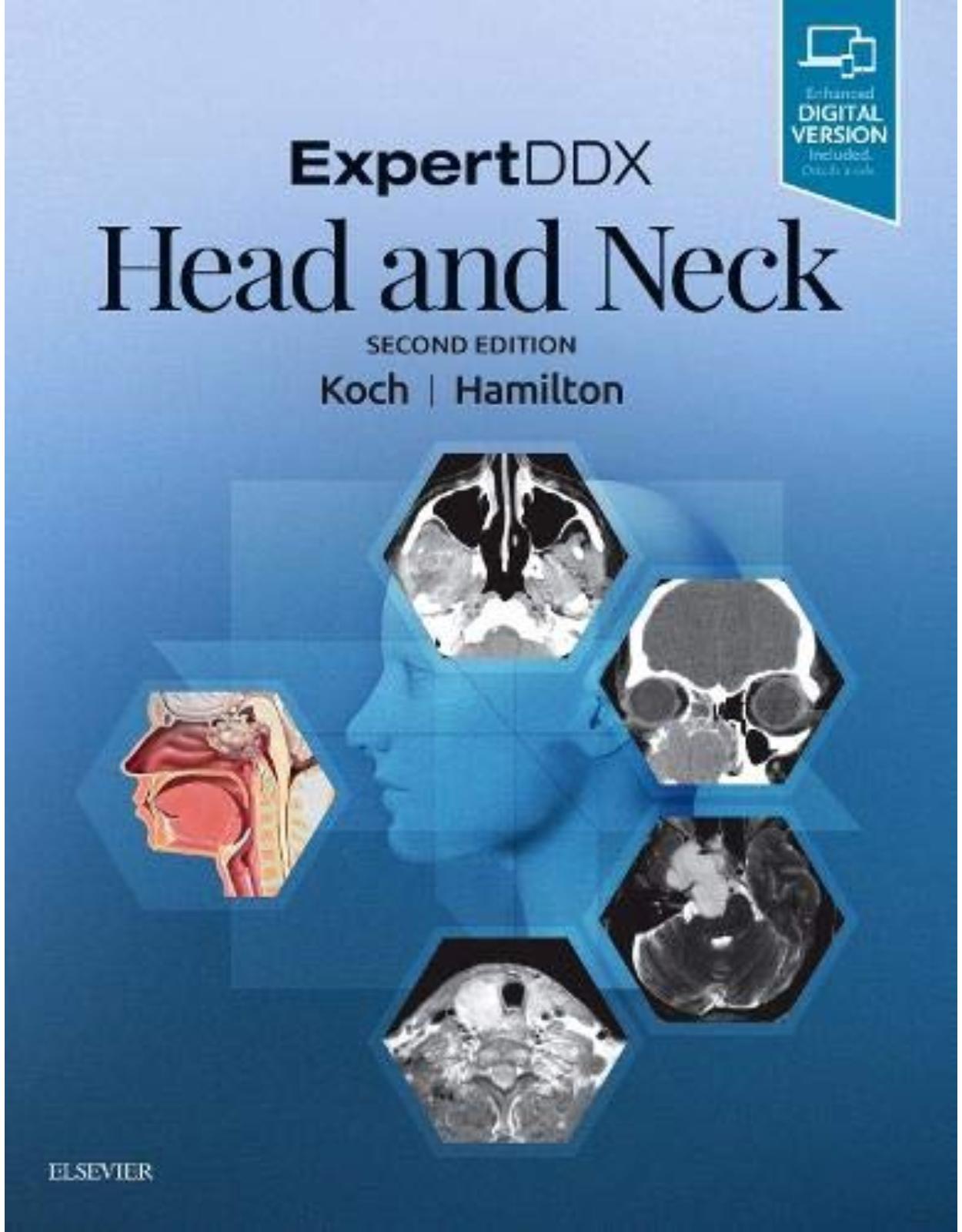
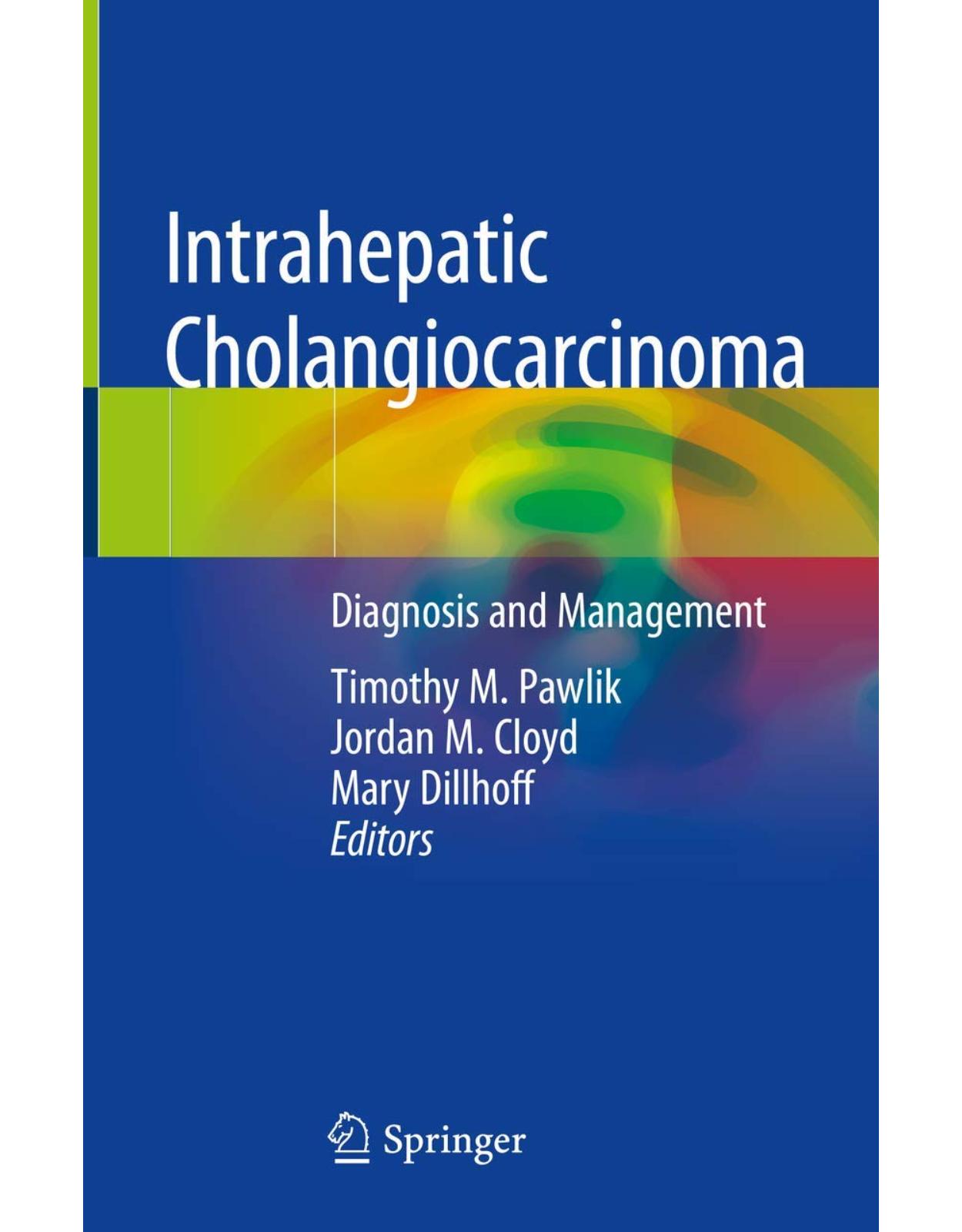
Clientii ebookshop.ro nu au adaugat inca opinii pentru acest produs. Fii primul care adauga o parere, folosind formularul de mai jos.